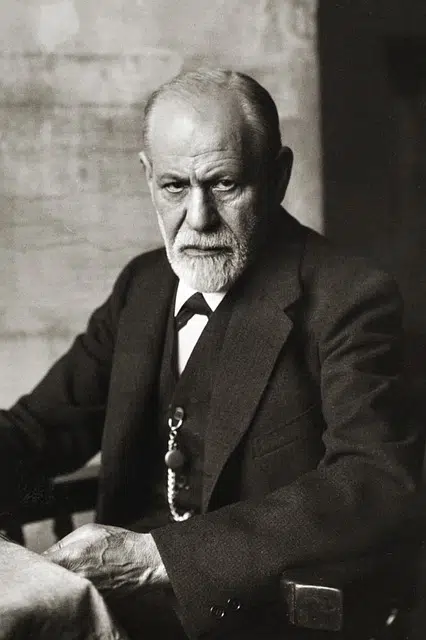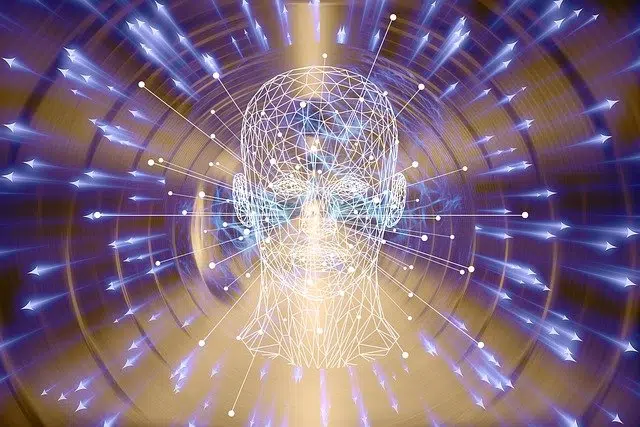
Sigmund Freud was the one who proposed the concept of drive.
In psychoanalysis , the drive is the deep psychic energy that directs action towards an end, discharging itself when achieving it . The concept refers to something dynamic that is influenced by the subject's experience. This marks a difference between drive and instinct , which is congenital (inherited through genetics ).
Instinct is characterized by leading us to look for immovable objects to achieve satisfaction. The drive, on the other hand, does not have a predetermined object; On the contrary, it is linked to forces that derive from the somatic tensions of the human being , with different sources and possible forms of manifestation.
Freud and the drive
The notion of drive was developed by the Austrian Sigmund Freud at the end of the 19th century when he began to reflect on human behaviors that exceed the instinctive and that can even contradict it.
In this way, Freud established that the drive is the bodily tension that tends towards different objects and that is discharged when accessing them, although momentarily, since the drive is never completely satisfied.
The father of psychoanalysis distinguished several moments of the drive, such as the source (the origin that lies in the somatic), the effort or drang (the tension that translates into the drive), the goal (in a passive or active state) and the object (which temporarily decreases tension).

It is possible to recognize different phases in the drive.
Its origin
For some psychoanalysts, drives originate from the original lack of an instinctive object. This lack causes desire to translate into drives, which are directed toward momentary goals. Once this moment is reached, the drive restarts the process.
According to Freud's classical theory , every drive is conceived as a derivative of a basal call, which borders on the instinctive; Such is the case of the life drive , which has as its object the conservation of one's own existence. As each person's nervous system matures, a series of phases or drive stages take place, in each of which there is a well-defined neurological development in areas that will later be erogenous (those that have more sensitivity and seek sexually stimulate the subject).
Phases of the drive
Let's look at the first six phases, recognized by Freud through his studies:
1- Oral : takes place between birth and the first year and a half of life . The mouth is practically the only erogenous zone, since the subject begins to orient his psyche towards a very clear goal: nourishment;
2- Anal : from one and a half to three years old, and as a result of the increasing control of the sphincters of the anus, the child feels pleasure at the possibility of controlling his own body, which he achieves in this case through deciding to retain or let out fecal matter;
3- Phallic : also called urethral , it occurs between three and six years of age. During this phase, the individual acquires control of his urethral sphincters and this represents a preview of what will later be the genital phase. According to Freud, it is at this stage that each person's Oedipus is formed, although this does not mean that it ends, since it is an element actively present throughout life;
4- Castration and burial complex of the Oedipus complex : at this point a rupture is likely to take place, which is why it is a very important moment for the development of the psychic apparatus. It is a process that serves to reorganize experiences and roles, as well as the drives themselves;
5- Latency period : until reaching puberty, and from the age of six, there is an intense and spontaneous sublimation of the feelings of libido, which facilitates integration into culture;
6- Genital : starting with puberty , once Oedipus is established, sexual interests (part of which is sexual inclination ) begin to develop.
